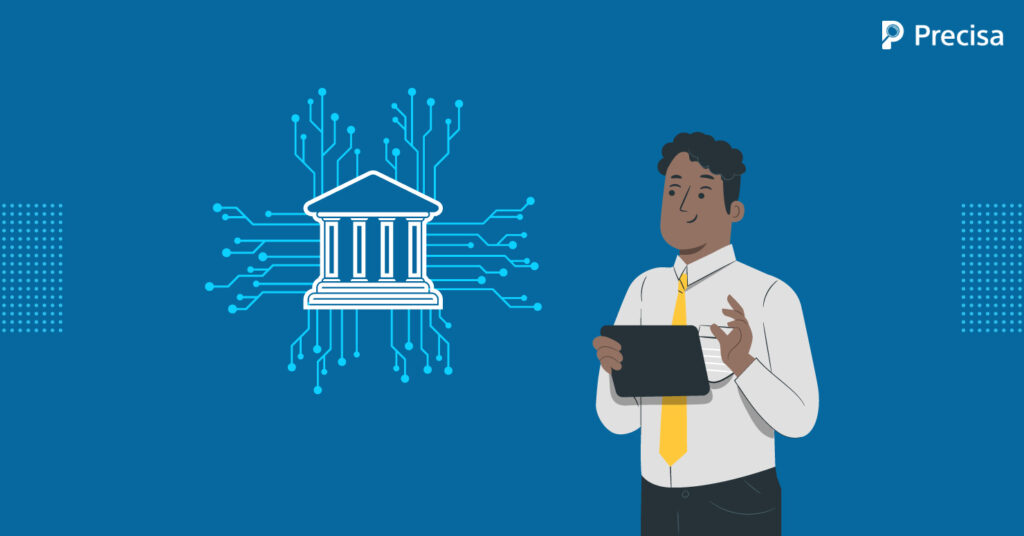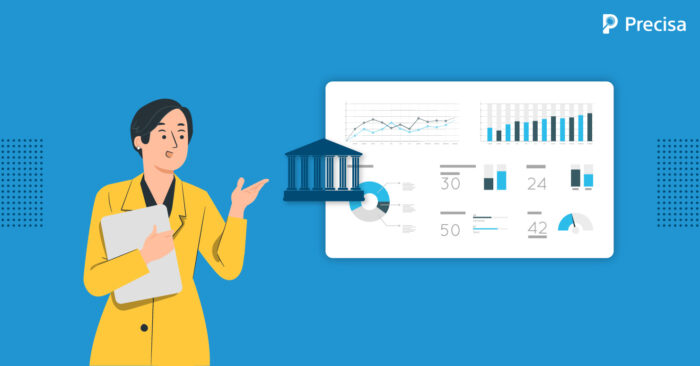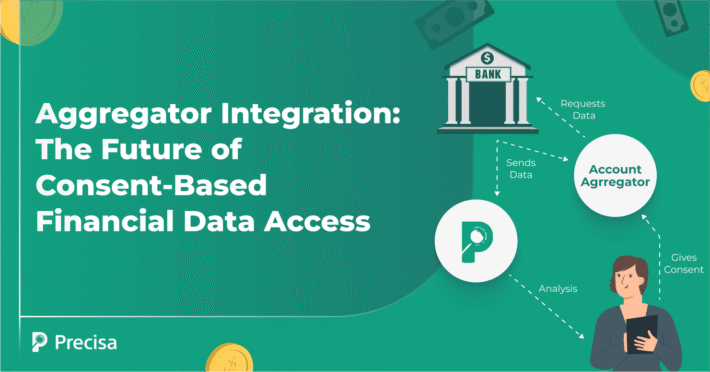Open Banking and the Future of the Financial Service Ecosystem

In 1994, Bill Gates famously said, “Banking is necessary, banks are not”. The emergence of technology-driven open banking and available financial data could mark the beginning of this change. Technology has been pivotal in shaping the financial services sector for many decades. Today, with the greater adoption of fintechs, the importance of technology in the financial services space is higher than ever before.
Traditionally, banks are the gatekeepers of customers’ financial information, including how much they spend, save, and borrow. Today, the trend is gradually changing thanks to a rising global financial phenomenon called open banking, in which some customer data is shared with third parties. After its foundation was laid in Europe in the last decade, open banking is poised to transform the different facets of finance and usher us into a new era of digital financial innovation.
This article explores open banking and its benefits for customers, retail banks, and other participants in the financial services ecosystem.
What Is Open Banking?

Open banking is a new-age financial system than enables external parties to design and create applications and services by leveraging valuable data from the bank. These third-party developers aim to use this data to provide better customer experiences by giving them more control over their finances.
In addition, an open banking system also creates new channels and touchpoints for customers to interact with financial institutions.
How Does Open Banking Work?
Now that we have a rudimentary knowledge of open banking, we will understand how it works.
Open banking primarily relies on application programming interfaces (APIs) that enable developers to access bank data and create applications around it. Although there are a few risks associated with open banking platforms, APIs offer a high degree of safety while sharing a customer’s financial data. Once third-party vendors get their hands on the data provided by the bank, they leverage it to roll out personalised finance solutions.
Impact of Open Banking On Different Players in the Financial Ecosystem
Although open banking is still developing, the global movement has all the ingredients to reshape how customers use credit cards, manage small business loans and mortgages, make payments, and more.
Let’s look at how open banking will impact the different participants of today’s financial services ecosystem.
-
Impact on customers
Until now, customers had little control over their financial data. Open banking changes that by giving customers exactly what they wanted for several decades – transparency and additional control over their finances.
-
Effect on businesses
Businesses also stand to gain from the open banking phenomenon. They can leverage the available data to understand what exactly their customers are looking for, enabling them to personalise their products and services accordingly.
-
Influence on financial service providers
The open banking system paves the path for innovation among third-party service providers and banks. Therefore, customers will have more alternatives due to the increasing competition.
The Current State of Open Banking Across the World
Technology has played a critical role in establishing open banking worldwide. That said, while a few regions have embraced the new-age financial system, others are treading cautiously. Overall, the trend is evolving at a decent speed across different areas.
South Korea, the United Kingdom, the European Union (EU), India, and Australia have instructed big banks to share their database with other trusted companies. This is done to boost competition in the growing Fintech space and provide customers with more transparency around their finances.
Things work differently in China and the U.S. because open banking is a market-led movement, and often, companies are forging open-banking ties among themselves.
A Few Challenges With Open Banking
Open banking is touted to reshape the financial services sector in the upcoming years. However, for that to happen, banks and third-party fintech companies much come together to address the challenges in the system.
-
API reliability and performance
Many banks have attempted to create public APIs to facilitate open banking. However, there have been instances where their APIs have not worked reliably, particularly with third-party applications and end-user configurations. Therefore, it is imperative to test third-party APIs.
-
Identity management
Until now, no real action or work has been done to create a universal identity management framework for open banking. Currently, it continues to pose a threat as there are no concrete solutions to identify and track users across open banking applications.
-
Compliances standards
Many regions have rolled out compliance guidelines such as the Pay Service Directive (PSD2) to regulate open banking. However, there are multiple regions where the governments have yet to make any efforts to control or standardise open banking. This makes it challenging for third-party developers to create applications as per the rules.
-
Security
It is no secret that security risk is the biggest challenge for seamless open banking integrations today. Safeguarding user data becomes extremely difficult when banks share data with third-party applications they cannot control or vet.
Parting note
Rapidly evolving consumer habits, fast-paced digitalisation, and an increasing shift toward online channels have increased the demand for open banking. Due to their benefits, more consumers and small to medium-sized businesses are turning to open banking and other non-conventional financial services.
The onus is on the banks, third-party application developers, and financial service providers to come together and create a safe and reliable financial services ecosystem.
Contact our team at Precisa to learn more about open banking and how our APIs have helped our customers with a fast and automated bank statement analyser tool.



